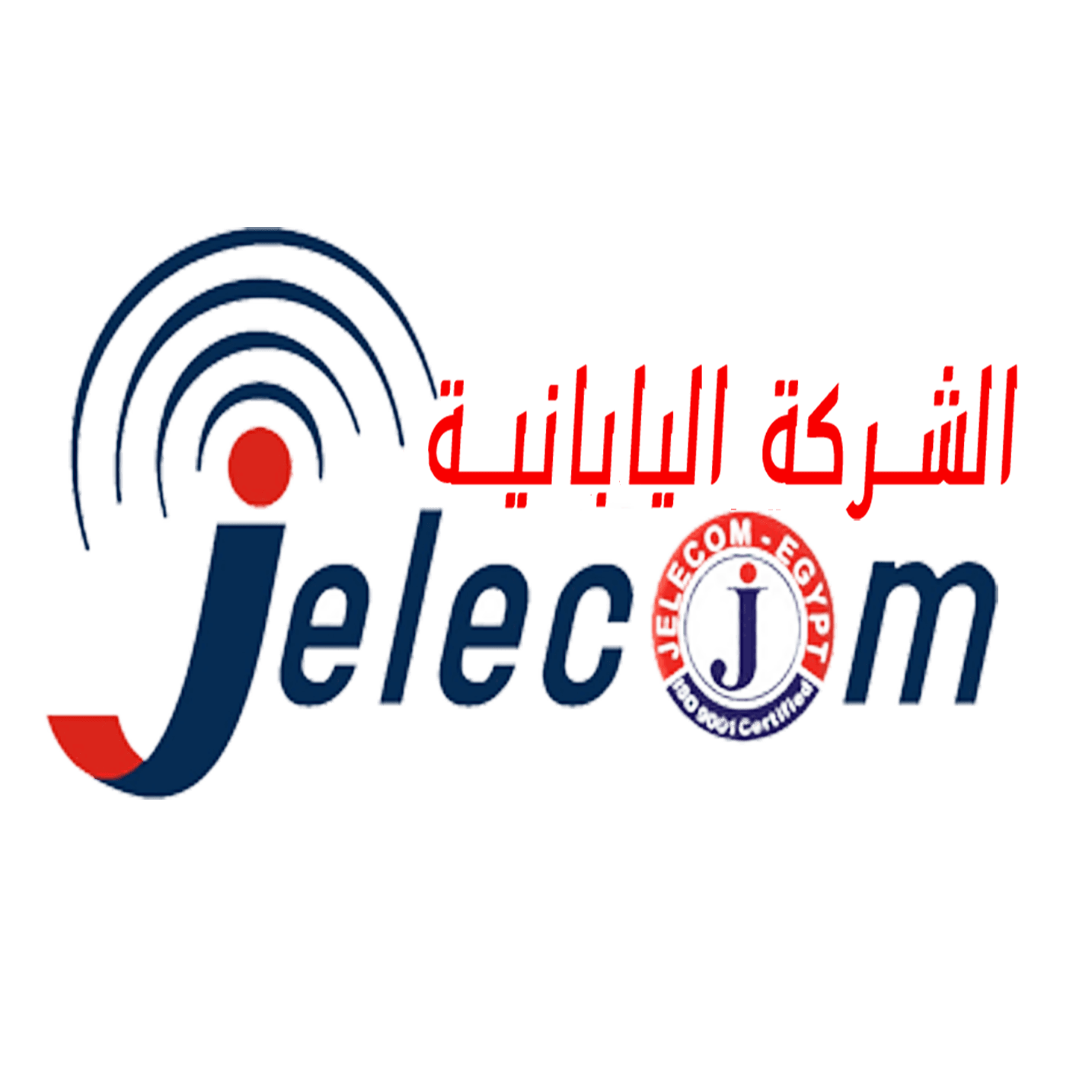C# Programming Language Course
Target Audience:
This program is targeting :
- Industrial, Commercial, Institutional
- Communication Engineers ,Software & Computer Engineers and computer science graduates
Language: English/Arabic
C# Programming Language Course Content:
MS.NET Framework Introduction
The .NET Framework – an Overview
Framework Components
Framework Versions
Types of Applications which can be developed using MS.NET
MS.NET Base Class Library
MS.NET Namespaces
MSIL / Metadata and PE files.
The Common Language Runtime (CLR)
Managed Code
MS.NET Memory Management / Garbage Collection
Common Type System (CTS)
Common Language Specification (CLS)
Types of JIT Compilers
Security Manager
VS.NET and Entry Point Method –Main
Introduction to Project and Solution in Studio
Entry point method – Main.
Compiling and Building Projects
Using Command Line Arguments
Importance of Exit code of an application
Different valid forms of Main
Compiling a C# program using commandline utility CSC.EXE
C # Language Syntax
Why Datatypes
Global, Stack and Heap Memory
Common Type System
Reference Type and Value Type
Datatypes & Variables Declaration
Implicit and Explicit Casting
Checked and Unchecked Blocks – Overflow Checks
Casting between other datatypes
Boxing and Unboxing
Enum and Constant
Operators
Control Statements
Working with Arrays
Working with Methods
Pass by value and by reference and out parameters
Misc…
OOPs-Concept
Learning about Class, Object, Component, Encapsulation, Inheritance, Polymorphism
& Object Creation and Instantiation.
OOPs-Programming Encapsulation
Understanding Encapsulation Concept through an example.
OOPs-Inheritance
Introduction to Inheritance
Constructor & Inheritance
Type Casting of Reference Types
Static and Dynamic Binding
Abstract Class
OOPs-Interface & Polymorphism
What is Polymorphism
Overview of Interface
Interface with examples
Types of Inheritance
Collections and Generics
Introducing Collections .
Benefits of Collection Classes .
Understanding and using commonly used collections.
Generics
Advantages of Generics .
How Generics Work at Runtime .
Constraint on Type Parameters .
Generic Methods
Generic Collections
Selecting a Collection Class
Assemblies and GAC
What is a DLL and how is it different from EXE
Types of DLL
What is an Assembly Assemblies
How to build a ClassLibrary?
How to use a ClassLibrary in another Application?
What is Namespace?
Internal Access Specifier
Types of Assemblies
Global Assembly Cache
Exception Handling
Defining Exception
Understandings try and catch keywords
Using “finally” block
“using” statement
Throwing exceptions
Creating User defined/Custom Exception class.
IO Streams
What is a streams?
Types of Stream
Standard I/O StreamsConsole
Handling text in files
Dealing with Binary files
Serialization / Deserialization
Unsafe Code
Reflection and Attributes
What is Reflection?
Using Reflection to read type information
Attributes.
Pre-defined Attributes
Custom Attributes.
Using Reflection to read custom attributes
More on Classes
Operator Overloading
Partial Classes and Methods
Anonymous Types
Extension Methods
Tuples
Caller Method Information
Configuration File
Developing GUI Application Using WINFORMS
Basic Controls
Panel & Layouts
Drawing and GDI Devices
MenuStrip, ToolbarStrip and ContextMenuStrip
Model and Modeless Dialog boxes
Mutiple Document Interface( MDI)
Form Inheritance
Building Login Form
Working with Resource Files and Setting
Notify Icon Controls
Using Components like Timer, FileSystemWatcher, Process, BackgroundWorker
Drag and Drop
Working with Advanced Controls like TreeView and ListView
Database Programming Using ADO.NET
Prerequisite – Knowledge of SQL Queries
Introduction and Evolution of ADO.NET
Understanding the Role of Managed Provider and ADO.NET Objects
installing Required Software – Sql Server and Management studio
Connecting to Database and Connection Pooling
Performing Insert, Update and Delete Operations
Fetching Data from database – Executing Select Statements
How to implement Login facility with database
Use of Multiple Active Result Sets
Parameterized Prepared Statements
Inserting Image into Database table
Executing Stored Procedure
Using Transaction
Asynchronous Execution of Queries
Writing Provider Independent Code
Writing Common Code for Execution of Stored Procedures
Quick Overview of all ADO.NET objects
Managing Data using DataSet
Introduction DataSet and its Object Model
Filling DataSet using DataAdapter
Binding DataSet to DataGridView
Updating changes to database using DataAdapter
Using SqlCommandBuilder
Managing DataTable Programmatically
DataAdapter events
Handling concurrency issue
Working with DataViews
Constraints in DataTable
Using DataRelations object
Creating DataSet/DataTable dynamically
Working with Typed DataSet
Summary and Important Classes and their properties and methods
N-Tier Layered Architecture Application
Understanding Tier and Layer
Dividing Application into multiple layers
Developing an application using Layered Architecture
a. Creating Table and Stored Procedure
b.Creating Data Class
c.Creating DAL Class
d.Creating BO Class
e.Creating Form and handlingevents
f.Creating Dialog Box for Add and Edit OPerations.
XML
Introduction
Well Formed and Valid XML Document
Structure of XML Document
XML DOM Parser
XPath Specification
XML and DataSet
XMLDataDocument for reading from DataSet
XMLTextWriter & XMLTextReader
XPathDocument & XPathNavigator
Windows Services
Introduction to Windows Service
Windows Service Project Template
Developing Windows Services
Installing, Deploying and Launching Windows Service
Developing a Service Controller Application
Handling Custom Commands in Windows Services
Delegates & Events
Introduction to Delegates
Creating a Chat Application Using Delegates
Events Declaration, Raising and Handling
Anonymous Methods
User Control and Custom Control
Multithreading
Threading Overview
Scheduling
Thread States
Programming Threads
Methods of Thread Class
Thread Pool
Thread Synchronization
Monitor
Mutex
Semaphore
Events
Parallel Programming using Task Parallel Library
Asynchronous Programming using async and wait
keywords
Packaging and Deployment
File System Editor
Registry Editor
File Types Editor
User Interface Editor
Custom Actions
Launch Condition Editor
Creating Uninstall Shortcut
Debugging and Diagnostics
What is Debugging?
Build Configuration(Debug and Release)
List of Debugging Windows
Break Point Hit Count and Condition
Debugging Exception
What is Diagnostics?
Debug and Trace Classes
Types of Listeners
Boolean and Trace Switch
if you would like to get more information please register . .
Jelecom Egypt
Jelecom is an Egyptian Company which has professional Engineers for Engineering Projects and it provides Technical Training and Solutions for both Engineers and Technicians in Industry & Academy
Contact Us
🗺️Address:
Building No. 28, July 26 Street, downtown, in front of the High Court, Banque Misr Building – Cairo, Egypt.
📱Tel ( For Training ):
01011981001
01022612092
01022612094
01022612095
📱Tel ( For Sales ):
01001605695
01008636386
01000480103
01000480104
📧E-Mail :
info@jelecom.com
